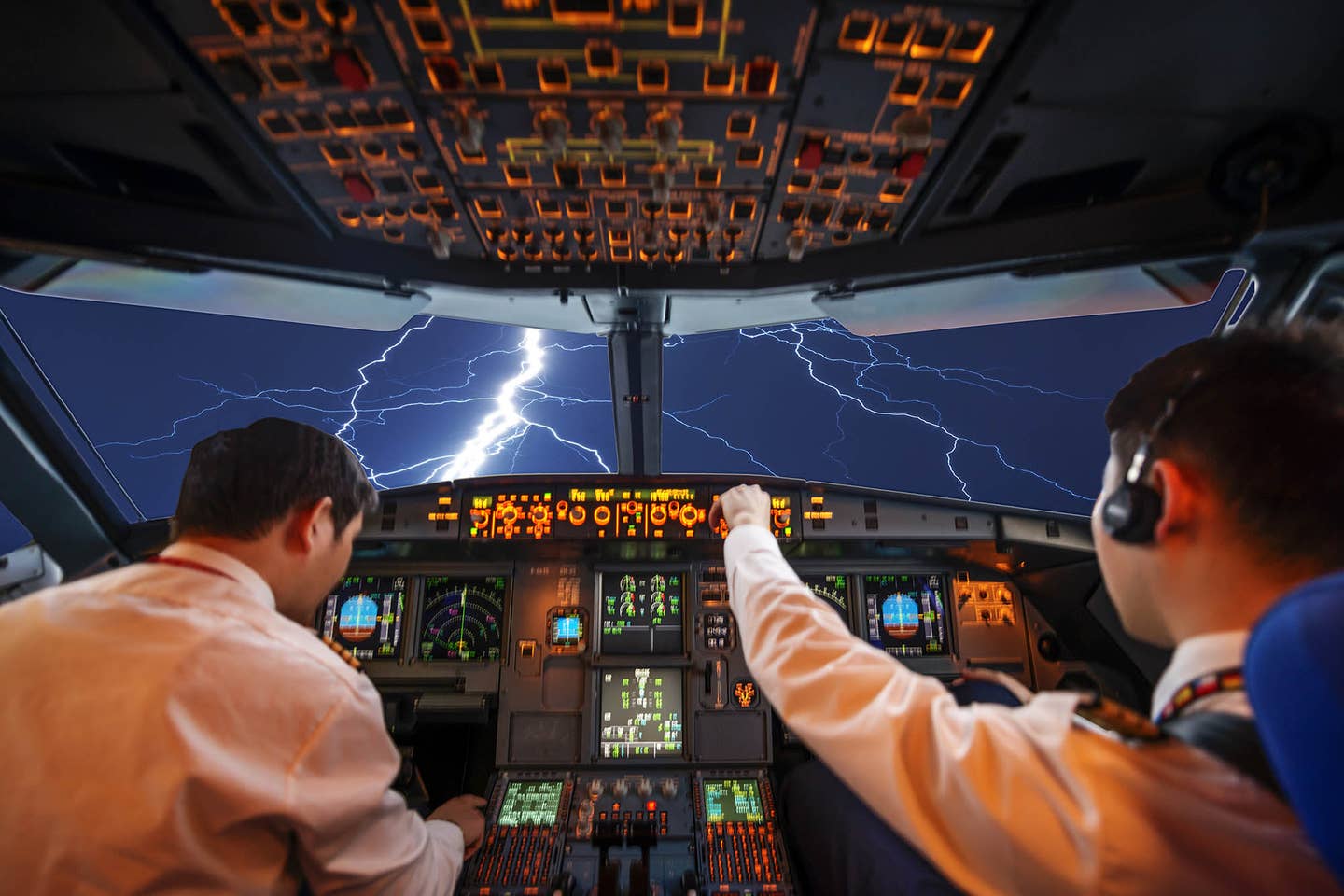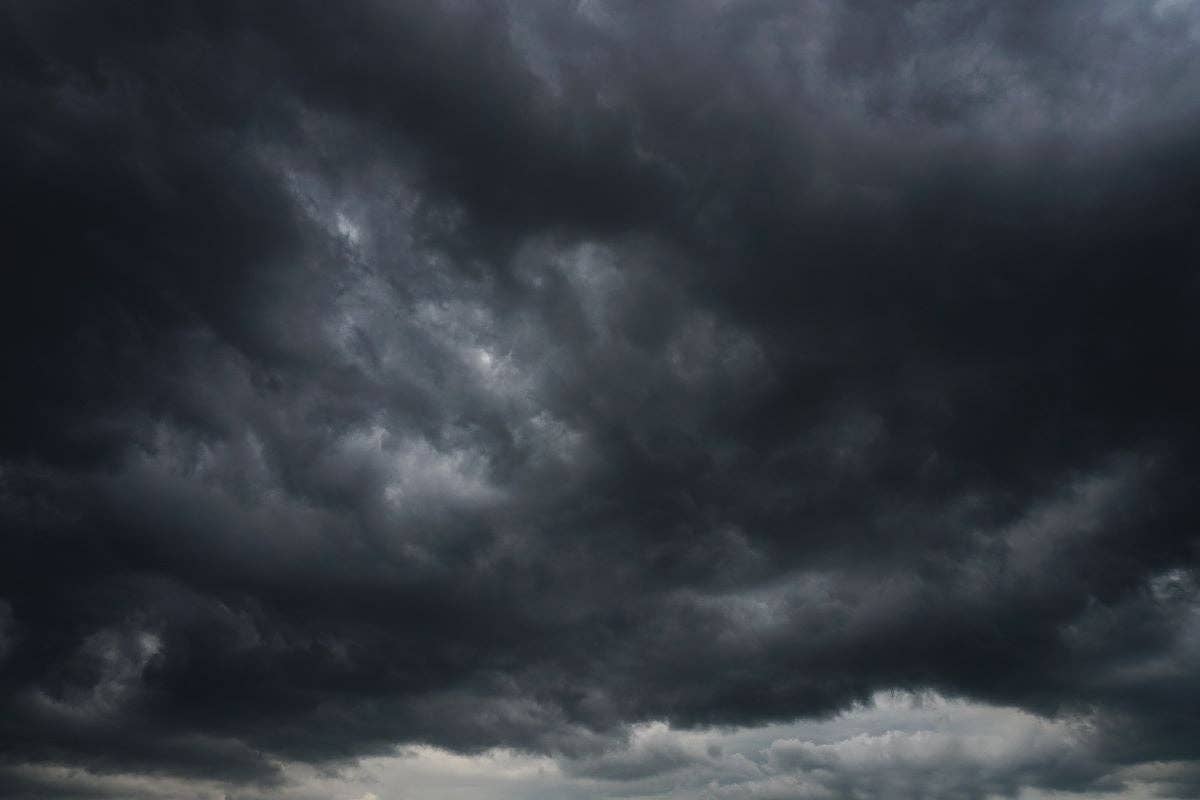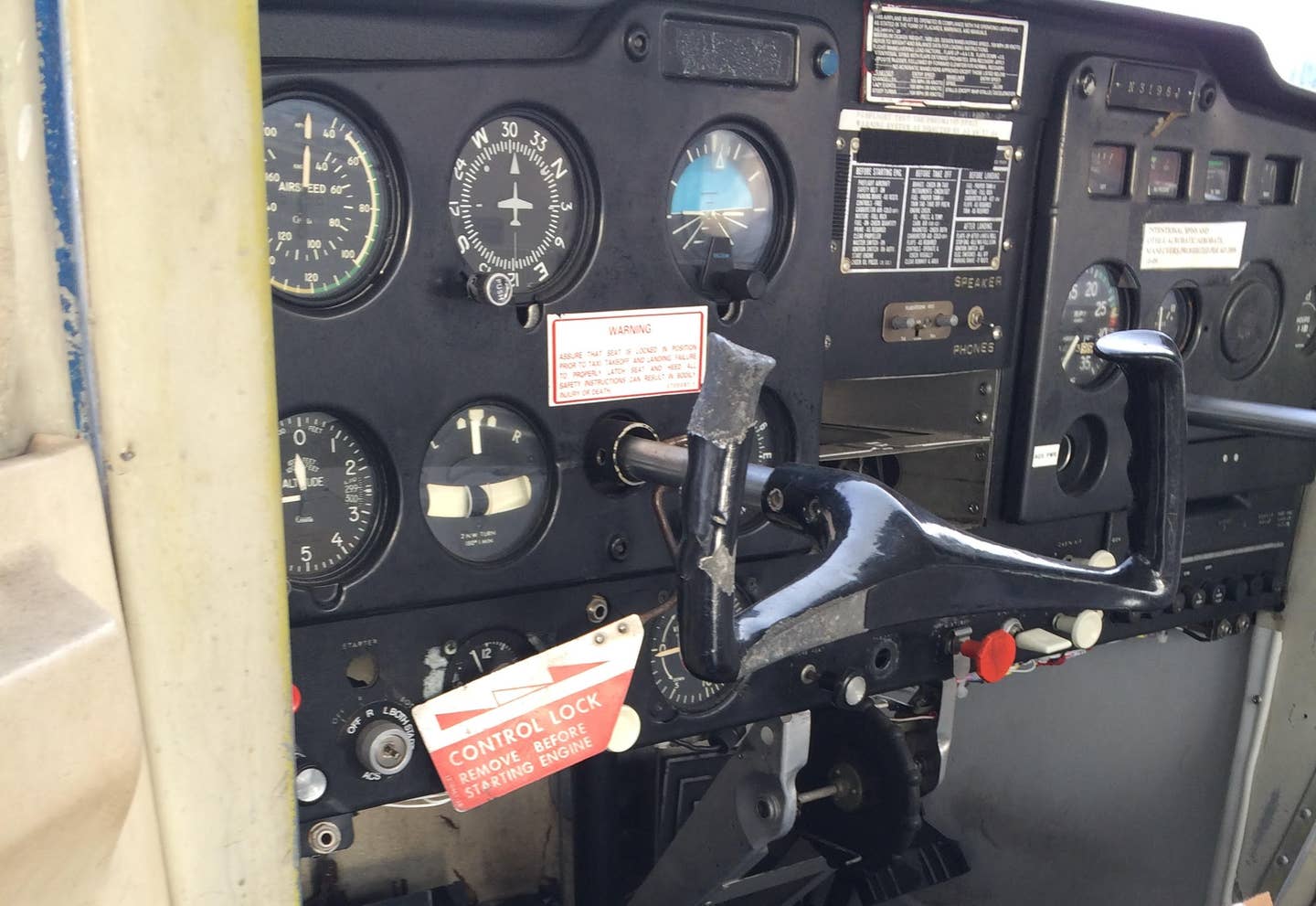
Some experts say that a lack of weather knowledge contributes to fatal GA accidents. Adobe Stock
In the July 28 edition of the Journal of Transportation (JAT), researchers from Embry-Riddle Aeronautical University published a study that argued that “a lack of weather knowledge and poor product interpretability may be contributing to the high probability of fatalities in general aviation (GA) weather-related accidents.”
Despite all the technological progress we’ve made in the industry—and even with additional ways of reporting and viewing the weather—pilots still come up short when in a crunch.
The JAT study, which referenced the 27th Nall Report, and was published in 2018 by the Aircraft Owners and Pilots Association (AOPA) Air Safety Institute (ASI), indicated that 20 percent—or 1 in 5 GA accidents—were weather related. Even more recently, the 31st report was subsequently published in October 2021, and some things remain the same.
What did the Nall Report list as one of the leading causes of fatal general aviation accidents still? It remained VFR flight into instrument conditions. In fact, the greatest number of accidents were reported in single-engine aircraft being flown by private pilots on personal flights. Sixty-two percent of those accidents were attributed to pilot error, and most of the fatalities occurred during a loss of control during landing.
Aside from VFR into IMC, poor IFR technique was cited as another major cause of weather-related accidents.
For the past 10 years, this trend has seen little variance. What are we to make of this? Is it that pilots, as the JAT study implies, don’t know how to assess the weather? If so, are we in need of more rigorous testing? Or is the demand on pilots too high given the technicalities of the weather reports?
Finally, is it that pilots who fit these accident profiles aren’t aware of these statistics and are blindly risking it?
Numbers Don’t Lie
Going further into the Nall Report, the trend of weather-related accidents is led by fixed-wing, fixed-gear, private pilots with instrument ratings, flying on day IMC flights. How could this information be useful? Well, famed investor and wiseman Charlie Munger once said, “All I want to know is where I’m going to die, so I’ll never go there.” Interestingly, he devised this mental model while working as a meteorologist in World War II, being tasked with drawing weather maps for pilots.
He reasoned that all he had to do was stay clear of icing or IFR weather, and he would be able to protect his pilots. In other words, he thought about all the really bad things first, then just avoided those. This is the inversion model.
There’s a straightforward application here for pilots who statistically are in these weather-related accidents.
Pilots should look at the numbers more and weigh their decisions to fly against the historical averages. While they might feel independently talented, numbers don’t lie. Odds are you might not be as uniquely attuned to overcome the challenges of flying in certain conditions.
Another smart person once said, “It ain’t what you don’t know that gets you into trouble. It’s what you know for sure that just ain’t so.” The JAT study indicates that a lot of pilots don’t truly understand the implications of what they’re reading on weather charts. Their downplaying is tinged with some invulnerability or the slow creep of complacency.
My Own Experience
I admit it’s not as easy as it might sound. Recently I was on a night flight, and my goal was to get home. It was a flight profile I had completed maybe 20 times before and was a short, night currency flight at a local airport that was no more than 30 miles from my home airport.
Pilots with more experience can already recognize these as the ingredients for possible chaos.
Some nights, when the moon would be out, you could see sharply, for maybe 50 miles. However, on this night, a cold front was approaching, and with it came the low visibility from fog and haze that harked back to Ichabod Crane’s ride through Sleepy Hollow (which also didn’t work out for him, either).
Considering the brevity of the flight, we decided to fly at 2,000 feet to avoid the low ceilings looming above. Thankfully, the flight was uneventful.
However, I noticed within myself, that even though I had done this trip many times before, I felt anxious throughout the trip because my usual visual cues weren’t there. Trying to do stalls and steep turns at night when you’re not sure if you’re going to climb into a cloud can unseat even the most competent pilot.
One thing about flying at night is that your depth perception decreases, and you can’t quite tell if that light in the distance is above, below, approaching, or moving away, sometimes until much later than you would be comfortable any other time of day. If it wasn’t for FIS-B information and multifunction displays, things could get bad quickly.
There’s also something to be said about having an equally experienced pilot with you to bounce opinions off of. When you’re alone, your own psyche can goad you on to do things you otherwise wouldn’t, which can cause bad decisions to compound.
All this to say, I understand how pilots find themselves in these strange situations, but I do wonder, is there anything we can do to overcome this accident-prone inertia?
Flight Service Stations
One interesting study would be to see how the embrace of electronic flight bags and the shift to government-contracted briefing services such as Leidos have affected pilot decision-making.
While pilots still have the ability to call a briefer, there’s no denying the ease of accessing online tools has encouraged autonomy. When it was economically viable in years past, the FSS specialist was actually at the airport, and pilots could speak with them directly.
Is the second-order effect of more democratic technology that some pilots are ironically left to their own whims? No doubt the technology lends to convenience, but maybe, there is an opportunity to include nudges as features to replicate the nuances of talking to a human briefer who would express concern about certain weather.
In the meantime, should we re-embrace this service?
Where Do We Go From Here?
The JAT study suggests that changes need to be made to current weather documents, and that the workload on pilots may be a burden.
The FAA’s primary Advisory Circular that describes weather phenomena has 22 chapters, not including space weather. Additionally, its other advisory circular on weather products has six chapters.
Translation: The weather is a complex topic, and maybe the road to zero accidents isn’t to be paved only by pilots. The study does indicate that while pilots do need to improve their skills in using these charts, weather products themselves can be improved, which might be a shorter way to the goal.
This is what technology such as ADS-B and GPS has done for situational awareness and has reduced mid-air collisions substantially.
Until then, there are some things pilots can do.
Foremost, if you’re a private pilot and have delayed getting an instrument rating, that is just reckless. Look at the numbers from the Nall Report and understand statistically the risk profile you meet by not adding that rating.
If you’re instrument rated, and you’re not sure about the weather for your trip, why risk it? Pick up an IFR clearance. Stay proficient with your instruments flying and aim to improve instrument flying techniques by learning the known pitch and power settings. That alone may reduce the spatial disorientation from VFR into IMC and mitigate poor instrument flying techniques.
If you doubt the safe outcome of the flight, don’t go. Fly with someone more qualified.
Finally, if you run a single-pilot operation, update your airplane’s technology to augment your decision-making.
Michael Wildes is an aviation professional with an appreciation for all things aviation, media, business, and philanthropy. A 2016 Embry-Riddle graduate, Wildes has his bachelor’s degree in Aeronautical Science, and currently works at the university’s flight department as a flight check airman. He’s also served as an assistant training manager and quality assurance mentor. He holds MEI, CFI, and CFII ratings. You can e-mail Michael at editorial@flying.media

Subscribe to Our Newsletter
Get the latest FLYING stories delivered directly to your inbox






